Indian Monuments
List of Monuments In India
India is one of the most magnificent nations in the world, famed for its rich heritage and interesting history. Its monumental structures, such as the Taj Mahal, serve as powerful cornerstones of India's rich and profound past. The archaic heritage places of India speak volumes, from their majestic architecture to their amazing, incredible legacy.
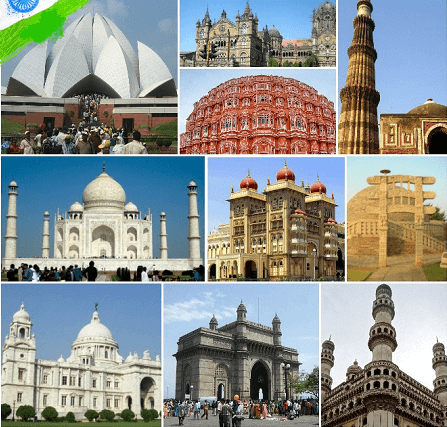
The majority of these Indian structures were mostly constructed during the reigns of Rajputana, Dravidian, and Mughal kings. India's monuments are living testaments to the splendour of its monarchs and the brilliance of its artisans in ancient India. Because of India's amazing beauty and the government's ongoing efforts to preserve cultural monuments, India has been designated as a UNESCO World Heritage Site. India tourism is growing fast, with a surge in the number of visitors from all around the globe. Red Fort, Sun Temple Konark, Amer Fort, and Charminar are among the well-preserved structures in the nation.
Now let us have a look at some of the most eminent and important historical monuments in India.
1. Taj Mahal
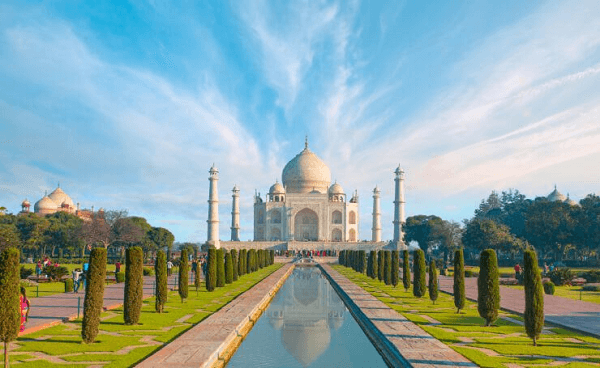
This monument unquestionably represents India's visage. This architectural marvel, constructed of white marble, is also one of the Seven Wonders of the World. From global leaders to movie stars, prominent writers, to corporate moguls, the Taj Mahal is on everyone's bucket list of locations to see in the globe
The Taj Mahal, which was completed in 1648, has remained a significant historic landmark for India; its exquisite architecture is most spoken about, and the heartwarming tale behind its building certainly inspires a desire to see the Epitome of Love.
2. Gateway of India Mumbai, Maharashtra
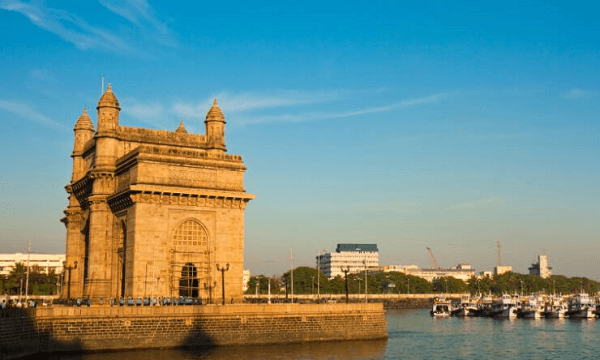
Crafted to honour King George V's royal visit, the Gateway of India has remained an irreplaceable historic icon for the city of Mumbai and the nation. This striking basalt arch, which represents imperial success, is now one of Mumbai's most prominent tourist attractions.
Completed in 1924 and designed in the Islamic styles of 16th-century Gujarat architecture, this work of art witnessed India's journey to freedom as well as the 26/11 disaster.
3. India Gate
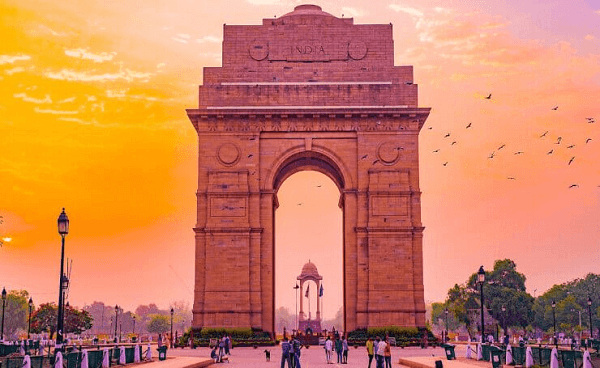
India Gate is without a question one of the nation's most recognised monuments. This magnificent monument sometimes referred to be a copy of the Arc de Triomphe in Paris, is devoted to the 70,000 troops who died during World War I.
India Gate was completed in 1931 and rises 42 meters tall, with the names of Indian martyrs etched on it. The Amar Jawan Jyoti is a relatively later addition to the building, which was built during the Indo-Pak war in 1971. Today, India Gate is one of the most well-known landmarks in both Delhi and India.
4. Golden Temple, Amritsar
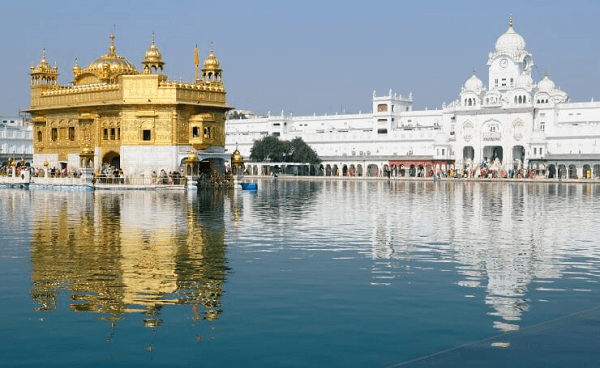
The features of Amritsar's Golden Temple are its fascinating tradition and gold-gilded facade. Sikhs from all over the world flock to pay their respects at the Golden Temple, and as a result, this location has grown in prominence in India's tourism industry. This Sikh temple was built in the Indo-Islamic architectural style by Arjan Sahib with the assistance of Baba Budha Ji.
The temple is really a modest portion of a larger religious complex that also includes a well-known healing pond. The lower level of the temple is embellished with floral and animal designs similar to the Taj Mahal, while the upper tier is coated with sheets of gold, earning it the nickname "Golden Temple."
5. Hawa Mahal, Jaipur
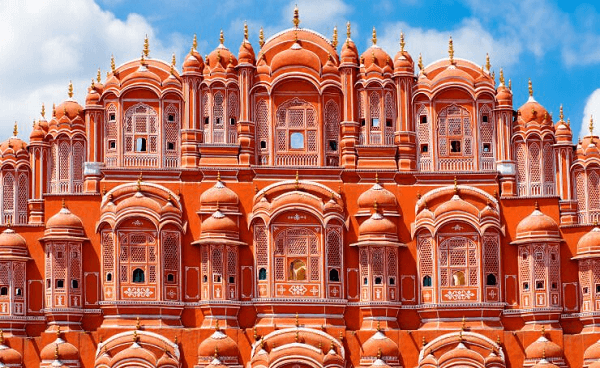
This Palace of Winds is a significant sight in Jaipur's Pink City. Hawa Mahal is a five-story pyramidal edifice that stands 15 meters tall and overlooks the city's bustling streets. The monument was created by Maharaja Sawai Pratap Singh to allow ladies to glimpse the exterior world without being seen by others (Purdah System was prevalent at that time). The sights of Jantar Mantar, City Palace, and Sireh Deori Bazaar from the pinnacle of the monument are breathtaking.
Comments
Post a Comment